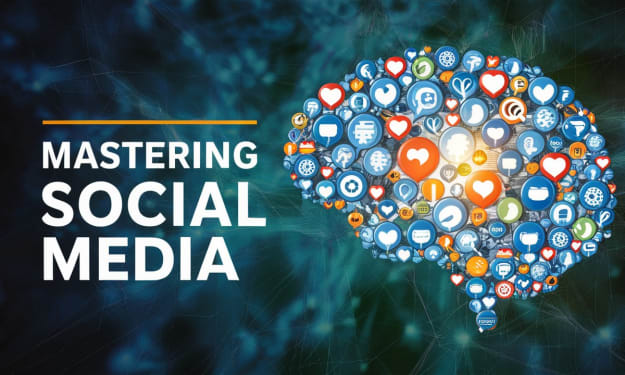Mastering CNC Programming
A Guide to Precision Machining

Adriatic manufacturing companies extensively utilize Computer Numerical Control machines, which have taken over precision machining processes in today's world of production. From parts for cars to space machinery, CNC programming remains at the heart of creating complex and precise parts quickly and efficiently. Still, in reality, learning CNC programming daunts many. However, the right methodology and knowledge become the keys to unlocking endless possibilities in manufacturing.
Understanding CNC programming:
Essentially, CNC programming involves writing instructions controlling the movements and actions of a CNC machine. The machines are usually controlled with a set of coded instructions, usually written in G-code or one of its variations. G-code commands instruct the machine on how to move on different axes, perform tool changes, change the spindle's speed, and suchlike in a machining operation.
Getting Started at CNC Programming:
Fundamentals of CNC Machines: The basics of the CNC machine have to be understood before one proceeds to program it. These machines read computer-aided designs to bring forth physical parts by cutting, drilling, and shaping metals, plastics, and composites.
Learn G-code: G-code is the language the CNCs understand. Among the basic and most common G-code commands, a beginner should know include G00—rapid positioning, G01—linear interpolation, and M03—spindle on clockwise, to mention a few. Online tutorials, textbooks, and CNC simulation software can be used to learn and practice G-code commands by beginners.
CAD/CAM Integration: Computer-Aided Design and Computer-Aided Manufacturing are used in conjunction with CNC programming. CAD is usually used to develop 3D models of a component, while CAM generates toolpaths and G-code based on that model. Mastery over these tools ensures a seamless transition from design into production.
Advanced Techniques in CNC Programming:
Once one becomes well-grounded in the basics, the following additional techniques may be studied by students who wish to be proficient in CNC programming in the pursuit of improved efficiency and precision:
Toolpath optimization ensures the reduction in machining time and reduces wear on the cutting tools. Certain strategies in this regard are selecting the best cutting techniques, such as pocketing or profiling, taking into account tool engagement, and applying high-speed machining techniques.
Parametric Programming: A parametric program includes variables and logical statements that enable production of flexible code that can be reused several times. This ability is very helpful, especially in batch production or while making iterative design changes.
Simulation and Verification: The program is very important to be simulated and verified before running on a CNC with the help of dedicated software. It will detect probable errors, collisions, or inefficiencies at the stage of simulation itself and will make the machining operations smooth and safe.
Practical Tips to Learn CNC Programming:
Hands-on Experience: Nothing works better than hands-on experience. Get a chance to work on the CNC machines and see how various commands get translated into physical movements and cuts.
Continuous Learning: The world of CNC technology is always evolving. Keep updating yourself with market trends, new updates on software, and growing machining techniques. This could be done through attending forums and seminars, joining online forums and groups, to name a few.
Problem-Solving Approach: Challenges are an essential part of your learning process. Debugging code, toolpath optimization, and troubleshooting machine errors are some areas of becoming a great CNC programmer.
Career in CNC Programming:
Skill in the area of CNC programming offers various career prospects within the manufacturing industry:
CNC Programmer: Work on the development and optimization of machining programs from engineering drawings and specifications.
Manufacturing Engineer: Design and introduce very modern manufacturing processes, including CNC programming, to achieve improved productivity and high quality.
CAD/CAM Specialist: Use CAD/CAM software in generating tool paths and optimizing the manufacturing process.
Conclusion:
It is a bombardment of technical knowledge intertwined with practical skills in learning CNC programming. For any fresh or experienced engineer, learning CNC programming develops the art of innovating and manufacturing with precision. Embrace that learning curve, make good use of the resources available at your doorstep, and see what all can be created using CNC technology to design the future.
Looking into CNC programming can be described not only as being equipped with one of the significant skills but also as being part of an industry in transformation—the industry where precision and innovation come together. Start today, and chart your way toward a satisfactory career in precision machining.
About the Creator
Enjoyed the story? Support the Creator.
Subscribe for free to receive all their stories in your feed. You could also pledge your support or give them a one-off tip, letting them know you appreciate their work.






Comments (1)
A well written article.